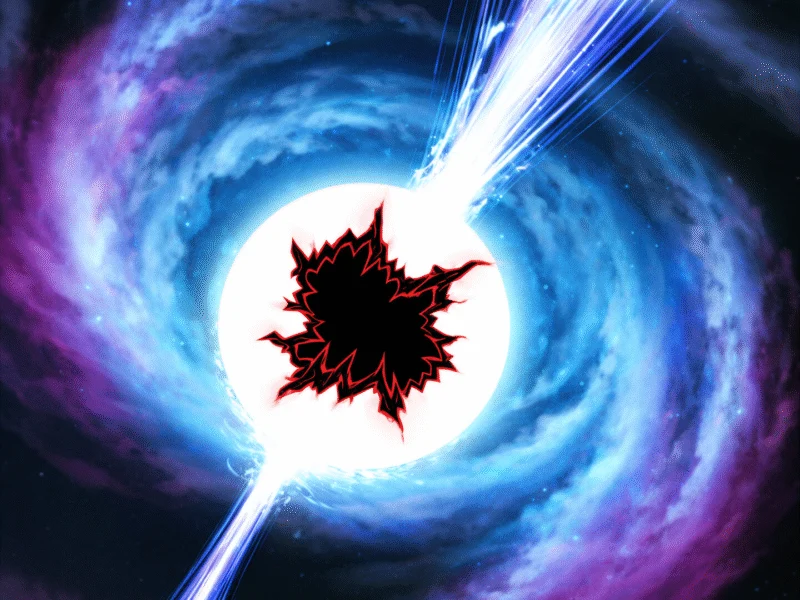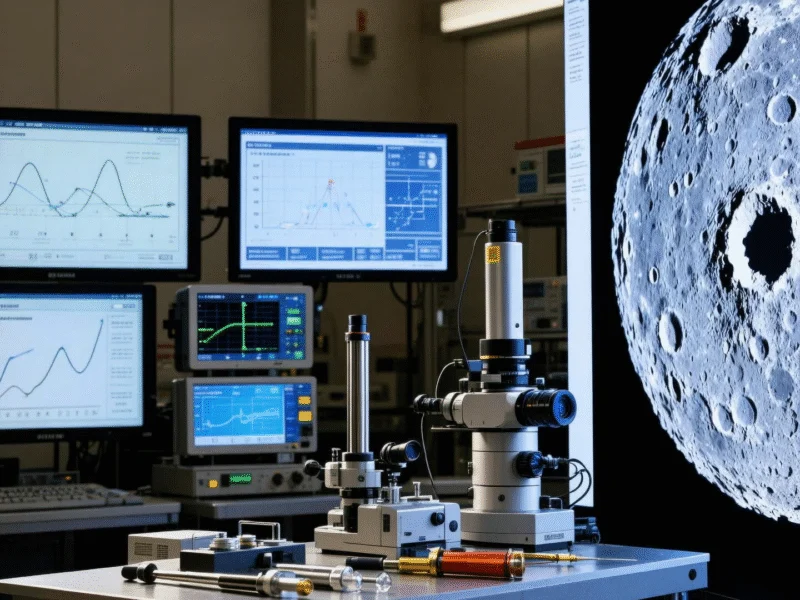Unprecedented Gamma Ray Burst Puzzles Astronomers
This summer, astronomers detected a gamma ray burst (GRB) so powerful and unusual that scientists are still struggling to explain its origin, according to reports. GRB 250702B lasted a staggering seven hours and appeared to repeat multiple times, behavior that contradicts current understanding of these cosmic explosions, which typically represent the final death throes of massive stars.
Conventional Explanations Fall Short
Gamma ray bursts are typically produced when stars die in spectacular supernova explosions, unleashing in moments as much energy as the Sun will emit over its entire lifetime. However, sources indicate this particular event’s duration and repeating pattern don’t align with standard models of stellar collapse. As one researcher noted in Science magazine, “It’s a GRB-like phenomenon, but it allows for the longer time scale.”
Radical New Theory: Star Swallows Black Hole
A study slated for submission to Monthly Notices of the Royal Astronomical Society proposes a terrifying alternative scenario. According to the report, instead of a black hole devouring a star—the well-known tidal disruption event—the reverse may have occurred: a star swallowed a black hole. The research, available on arXiv, suggests the black hole then began ripping apart the star’s core from within, consuming its host and producing incredibly energetic particle jets.
Mechanics of Internal Destruction
The theory describes a stellar-mass black hole orbiting a star that had burned through all its fuel. As the moribund star expanded, creating an envelope dwarfing its original size, it gradually pulled the black hole into its core. Analysts suggest this internal positioning allowed the black hole to systematically dismantle the star, creating the lengthy jets that appeared as an extended GRB from Earth’s perspective.
Scientific Community Response
Initial reactions from astronomers not involved in the research have been cautiously optimistic. “The argument posed in this paper is a very compelling one,” Hendrik van Eerten at the University of Bath told New Scientist. The detection was first made by NASA’s Fermi Gamma-ray Space Telescope on July 2, appearing as three distinctive bursts, with follow-up observations confirming the source originated billions of light-years away, ruling out proximity as the cause of its apparent power.
Ongoing Investigation and Alternative Theories
Researchers continue to explore other explanations, including:
- A star collapsing under its own weight
- Tidal disruption events involving intermediate-mass black holes
- Other unprecedented cosmic catastrophes
However, sources indicate all current theories present significant challenges, leaving the astronomical community continuing to investigate this cosmic mystery while monitoring developments in other fields including international trade, foreign policy appointments, economic data delays, space industry expansion, and financial technology innovations.
Implications for Astrophysics
If confirmed, this inverted scenario would represent a previously unobserved method of stellar destruction and GRB formation. The research team’s findings could potentially explain other unusual cosmic events recorded throughout astronomical history, opening new avenues for understanding the violent interactions between stars and black holes throughout the universe.
Sources
- http://en.wikipedia.org/wiki/Supernova
- http://en.wikipedia.org/wiki/Astronomer
- http://en.wikipedia.org/wiki/Black_hole
- https://futurism.com/space/black-hole-ate-star-inside
- http://en.wikipedia.org/wiki/Sun
- https://arxiv.org/abs/2509.22792
- http://en.wikipedia.org/wiki/Gamma-ray_burst
- https://www.science.org/content/article/long-lived-gamma-ray-burst-could-signal-new-kind-cosmic-catastrophe
This article aggregates information from publicly available sources. All trademarks and copyrights belong to their respective owners.



